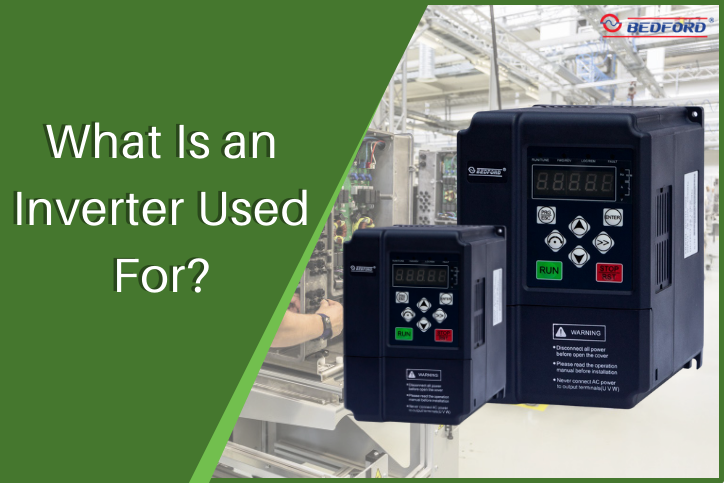Introduction
Today virtually all household appliances and other major electrical fixtures and equipment can be run by an Inverter. In the event of a power shutdown, an inverter is extremely useful as an emergency backup power unit, and if optimally charged, you will still be able to use your computer, TV, lights, power tools, kitchen appliances and other electrical conveniences. Of course, this will also depend on the type of inverter used, specifically, the one designed or recommended for powering a combination of high energy-consuming appliances, fixtures and equipment.
Description
An inverter is basically a compact, rectangular-shaped piece of equipment that is usually powered by either a combination of batteries hooked together in parallel or by a single 12V or 24V battery. In turn, these batteries can be charged by gas generators, automobile engines, solar panels or any other conventional sources of power supply.
Function
The primary function of an inverter is to convert Direct Current (DC) power into standard, Alternating Current (AC). This is because, whereas AC is the power supplied to industry and homes by the main power grid or public utility, the batteries of alternating power systems store only DC power. Moreover, virtually all household appliances and other electrical fixtures and equipment depend solely on AC power to perform.
Types
There are primarily two types of power inverters – “True Sine Wave” (also referred to as “Pure Sine Wave”) inverters, and “Modified Sine Wave” (also referred to as “Modified Square Wave”) inverters.
True Sine Wave Inverters have been developed to replicate, if not improve, the quality of power provided by main power grids or power utilities. They are specifically recommended to power high energy-consuming electronic gadgets and equipment. True Sine Wave inverters are more expensive than Modified Sine Wave inverters, and is the more powerful and efficient option of the two.
On the other hand, Modified Sine Wave inverters are much cheaper, and are capable of running a fewer or selected number of household appliances and fixtures, for example – kitchen appliances, lights, and small power tools. However, this type of inverter may not possess the capacity to power high energy-consuming equipment and appliances, for example – computers, microwave ovens, air-conditioners, heaters and laser printers.
Size
The size of inverters range from as low as 100w, to well over 5000w. This rating is an indication of the capacity that the inverter can simultaneously and continuously power a high-wattage piece of equipment or appliance or a combination of multiple units of such items.
Ratings
Inverters have three basic ratings, and you may consider the inverter rating best suited to your particular requirement when selecting one.
SURGE RATING – Some appliances, such as refrigerators and TVs, require a high surge to start functioning. However, they will need significantly less power to continue running. Therefore, an inverter must have the ability to retain its surge rating for a minimum of 5 seconds.
CONTINUOUS RATING – This describes the continuous amount of power you can expect to utilize without causing the inverter to overheat and possibly shut down.
30-MINUTE RATING – This is useful where the continuous rating may be far below the level required to power a high energy-consuming piece of equipment or appliance. The 30-minute rating may be adequate if the appliance or equipment is only used occasionally.





















